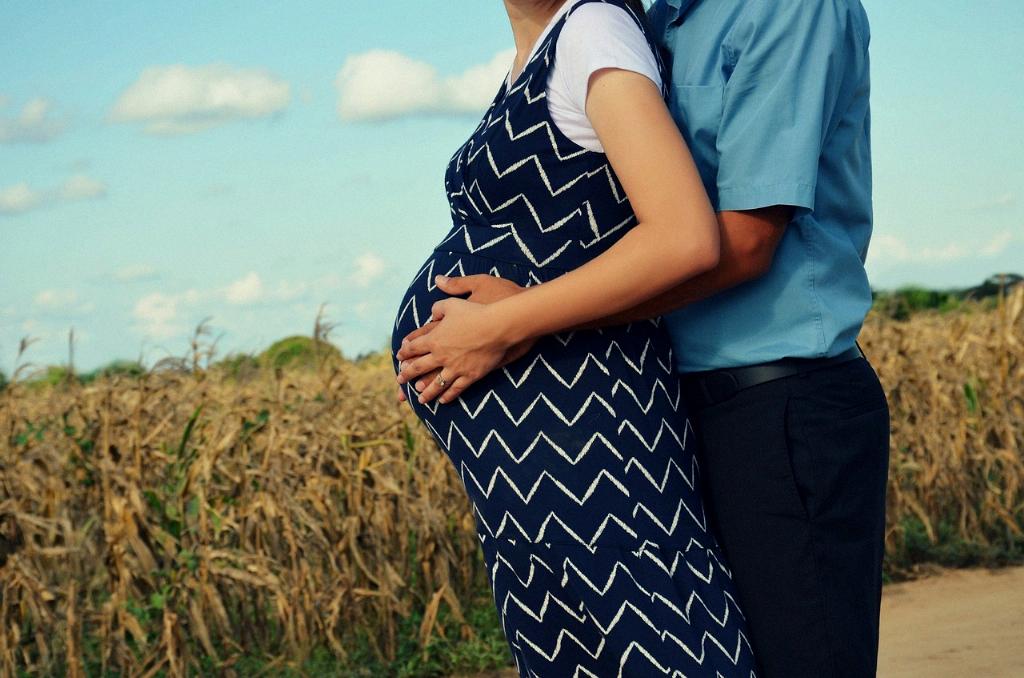When it comes to the effectiveness of the withdrawal method in preventing pregnancy, it is crucial to delve into the statistics and factors that influence the likelihood of conception. While it is commonly believed that pulling out before ejaculation can be an effective form of birth control, the actual success rate of this method may vary.
The Statistics Behind Withdrawal Method
According to research, the withdrawal method has an overall success rate of approximately 78%. This means that out of 100 women who use this method consistently and correctly, around 22 may still become pregnant within a year.
Understanding Fertile Days and Ovulation
It is essential to recognize that the likelihood of pregnancy is significantly higher during the fertile window, which includes the 5 days leading up to ovulation and the ovulation day itself. These days are when an egg is released from the ovary and is available for fertilization by sperm.
The Influence of Semen Exposure
One crucial aspect to consider is the contact of semen with the vulva or vagina. If no semen comes into contact with these areas, the chances of pregnancy are greatly reduced, regardless of whether a woman is ovulating or not. Thus, proper withdrawal technique plays a significant role in preventing conception.
Factors Affecting the Success of Withdrawal Method
Several factors can influence the effectiveness of the withdrawal method in preventing pregnancy. These include the consistency of its use, the timing of withdrawal, and the presence of pre-ejaculate fluid, which may contain sperm.
Risks Associated with Withdrawal Method
Despite its potential effectiveness, the withdrawal method does carry certain risks. The main risk is the possibility of pre-ejaculate fluid containing sperm, which can lead to unintended pregnancy if proper precautions are not taken.
Combining Withdrawal Method with Other Forms of Birth Control
For individuals seeking added protection against pregnancy, combining the withdrawal method with other forms of contraception, such as condoms or hormonal birth control, can further decrease the likelihood of conception.
Communication and Trust in Partnerships
Effective communication and mutual trust between partners are vital when relying on the withdrawal method for birth control. Both individuals need to be on the same page regarding their contraceptive choices and understand the risks involved.
Understanding Individual Fertility Patterns
It is essential for individuals to have a good understanding of their own fertility patterns and menstrual cycles when using the withdrawal method. This knowledge can help predict fertile days and make informed decisions about when to engage in sexual activity.
Seeking Professional Guidance
If uncertainty or concerns regarding the withdrawal method persist, seeking advice from healthcare providers or family planning specialists can provide valuable insights and assistance in choosing the most suitable contraceptive approach.
Conclusion
While the withdrawal method can be a convenient form of birth control, its effectiveness in preventing pregnancy is influenced by various factors, including proper technique, timing, and individual fertility patterns. By staying informed and making informed choices, individuals can better assess the likelihood of conception when utilizing this method.

